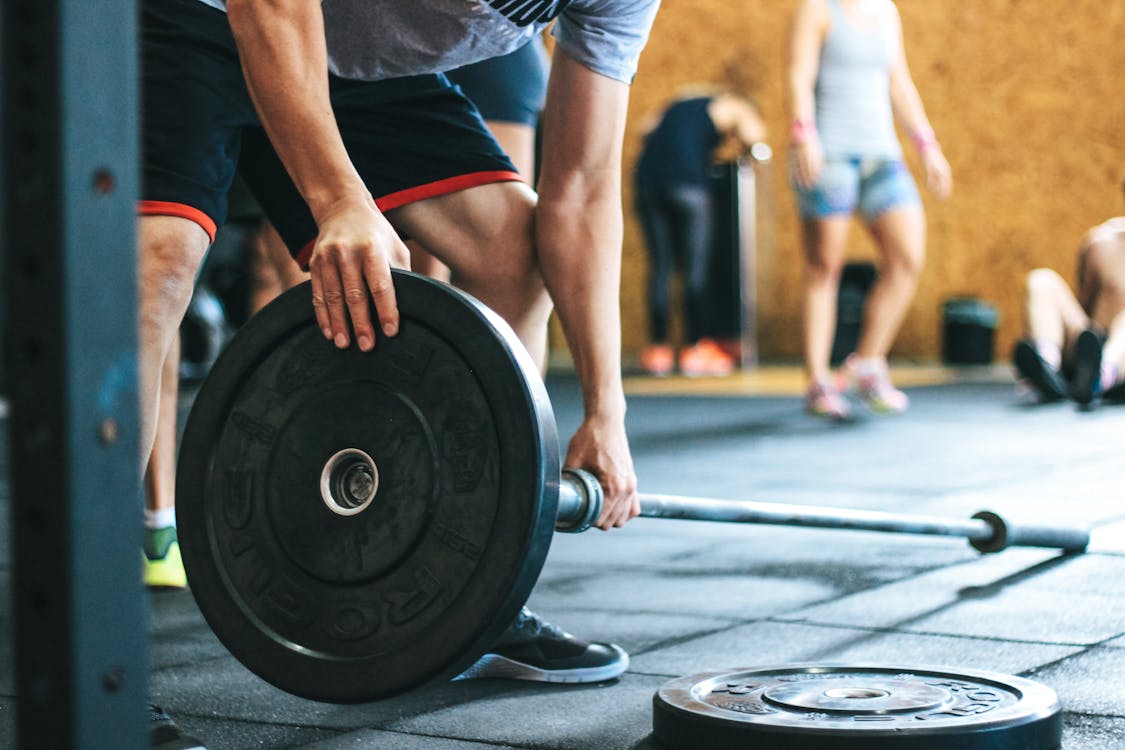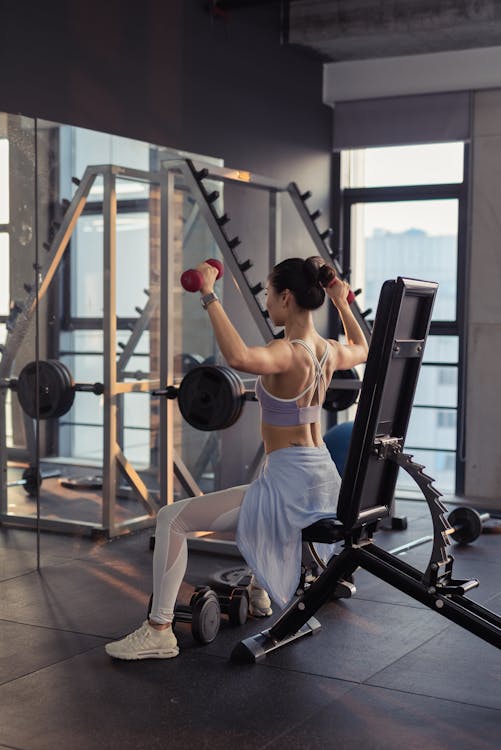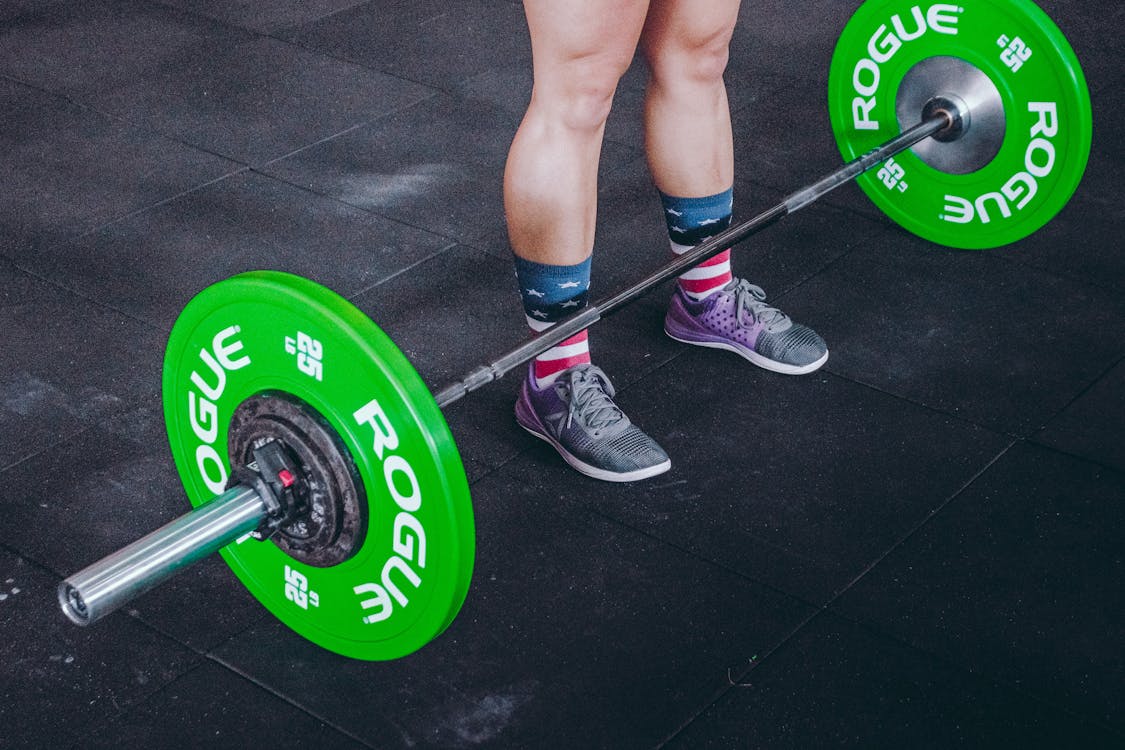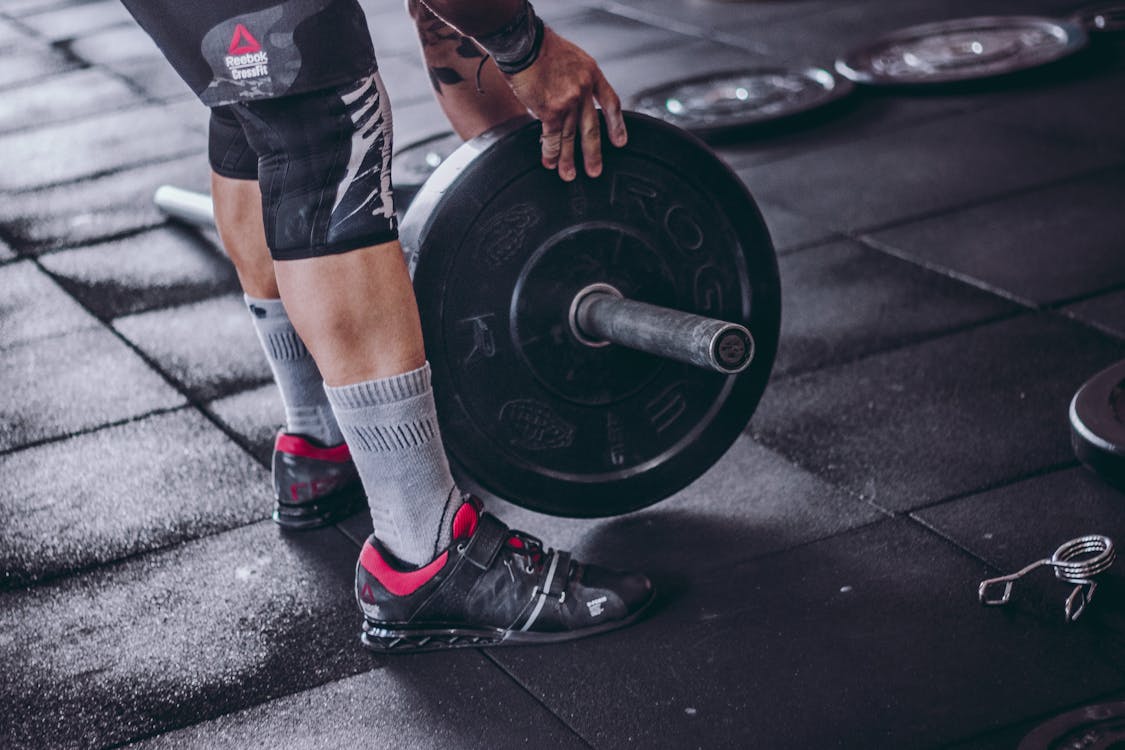The Best Training Routines for Body Building

When it comes to body building there are many misconceptions when it comes to knowing how to build muscle in the best and most efficient way. Often, this can lead to people throwing themselves into a routine and quickly injuring themselves – This of course ruins any progress and can put people off continuing to build muscle mass once they’re recovered. Body building is great for your physical and mental health; We want to make sure that this is something that you can continue to do. So, we have compiled this article which features the best advice for you from professionals and people that know what they’re talking about. By the end of this article you will be able to create the safest and best body building routine.
Form Focus

Focus on form, not weight. Good form means aligning your body correctly and moving smoothly through an exercise. Poor form can prompt injuries and slow gains. I often start people with very light weights because I want them to get their alignment and form right. Concentrate on performing slow, smooth lifts and equally controlled descents whenever you learn a new exercise. You can always add weight to challenge your muscles once you know how to move with good form. Control is very important. Tempo helps you stay in control rather than undercut gains through momentum. Sometimes switching speed — for example, taking three counts to lower a weight and one count to lift it, instead of lifting for two and lowering for two — is a useful technique for enhancing power. Breathe. Blood pressure rises if you hold your breath while performing strength exercises. Exhale as you work against gravity by lifting, pushing, or pulling the weight; inhale as you release. Keep challenging muscles. The right weight differs depending on the exercise. Choose a weight that tires the targeted muscles by the last two repetitions while still allowing you to maintain good form. If you can’t do the last two reps, choose a lighter weight. When it feels too easy to complete all the reps, challenge your muscles again by adding weight (roughly 1 to 2 pounds for arms, 2 to 5 pounds for legs); adding a set to your workout (up to three sets per exercise); or working out additional days per week (as long as you rest each muscle group for 48 hours before exercising it again). Give muscles time off. Strenuous exercise, like strength training, causes tiny tears in muscle tissue. Muscles grow stronger as the tears knit up. Always allow at least 48 hours between sessions for muscles to recover. For example, if you’re doing split strength workouts, you might do upper body on Monday, lower body on Tuesday, upper body on Wednesday, lower body on Thursday, etc.
Contributor: Jamie Hickey
Organisation: Truism Fitness
Website: https://truismfitness.com/
Sprint Interval Training

The number one thing I recommend for bodybuilders is Sprint Interval Training. SIT is a form of high-intensity interval training, with the major differences being in the amount of time it requires and the intensity.
Specifically, a typical SIT workout consists of 4-8 bouts of 30-second sprints, done at 100% intensity. Each sprint is followed up with 4 minutes of full resting. Whereas, HIIT would have you consistently exercising for 20-40 minutes at lower max intensity. With SIT, studies have shown that it builds muscle in already highly active individuals. Not only is it dropping fat faster than HIIT or traditional cardio by far, but it also takes less time, and will boost your muscle mass instead of being a catabolic, muscle wasting form of exercise.
Contributor: Nicholas Rizzo
Organisation: RunRepeat
Website: https://runrepeat.com/
ATM Lessons

Awareness Through Movement (or ATM) lessons are verbally guided lessons, that teach functional movements from the ground up. The lessons prioritize small, comfortable movement in order to help the student customize their own experience and explore their comfort zone. This is vital to reducing injury because many athletes spend so much time pushing past their limits that they don’t always know how to relax. These lessons allow the athlete to learn to relax and listen to their own body. The small movements have big impacts on improving muscle coordination, movement patterns, and can help enhance an athletes connection to their body and skill. With over 1000 different lessons, there is a lot of different movement to explore. One class might focus on learning a crawling movement where the next class might learn to roll across the floor. Lessons can also include improving vision, breathing, using the voice, walking, running, jumping, standing on the head, and more.
Contributor: Rachel Galvin
Organisation: Mind Felt Methods
Website: http://mindfeltmethods.com/
Tense Movements

There’s so much information nowadays – in general and on social media – about bodybuilding and there are so many points of view. If you are looking to start, you have to increase your muscle size. You also need to look at the nutrition side of things and your movement when training – this will give you a better idea as to how the body works and will give you a better muscle-mind connection.
If you get the right technique to make it harder, that’s going to much more beneficial. Muscles aren’t shaped by the amount of weight you’re lifting, it’s how you use them. So it doesn’t matter whether you’re lifting a 5kg weight or a 50kg weight – it’s about movement and how much tension you keep on them as you’re working.
Contributor: Libby Masters
Organisation: Mira Fit
Website: https://www.mirafit.co.uk/


